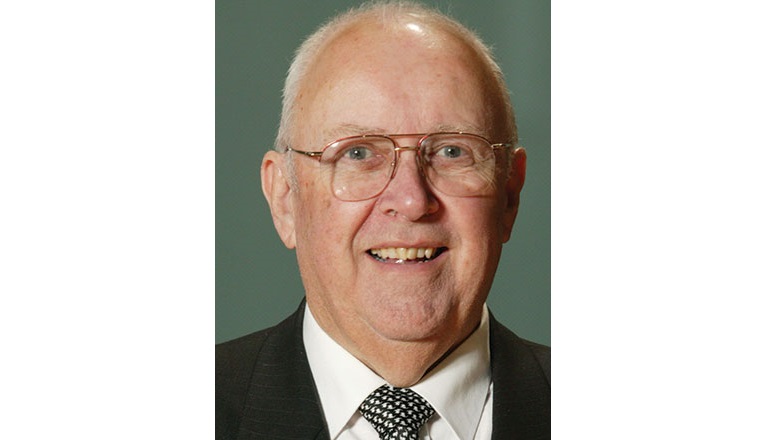by Roger Parton, CEO of Aggregate & Quarry Association
Access to resources and the new health and safety requirements are two of the biggest challenges for contractors and quarries as we head into 2016.
AS MANY CONTRACTORS will know, the quarry industry is often left between a rock and a hard place with local councils.
That very rock (or river stone) that contractors need for roads and drainage and for the buildings which a community demands can seem to come from a very difficult place – a quarry, often with troubled neighbours, almost always with objectors. Councils are obliged to mediate through a resource consent.
What results is often an expensive process seeking to get approval for a new quarry. It is not unusual for councils to say no and to sterilise quarries from getting access to new rock resources. Or a consent can include such conditions as no weekend work and curbs on weekday hours.
Five years ago, I noted to a meeting in Auckland as the city’s new council was taking office, that our major centre was already trucking in aggregate from as far away as Northland and Waikato; and that while Auckland was poised for ever more growth, the number of quarries in the region was gradually reducing. I also advised that it took around 10 years to establish a new quarry.
To date, no new major quarries (to my knowledge) have been established in the area covered by the new Auckland Council. There have been one or two welcome renewals and extensions, but the Waikato is now New Zealand’s biggest source of quarry material; Auckland is third. As you can imagine, much of Waikato’s production is put on trucks heading for Auckland.
The consequence of that for contractors is that for every 30 kilometres a truck covers, the cost of the aggregate it is carrying is doubled.
I regret to say that things are poised to get worse in 2016 and not just in Auckland.
From Northland to Southland, a number of councils are preparing the plans that will guide their resource management for the next decade. All of them are picking up on the 2014 Supreme Court decision on King Salmon’s proposal to farm salmon at a site in Port Gore in the Marlborough Sounds. The Supreme Court overturned an earlier ruling which said the “compelling” benefits the site provided for aquaculture required a “balanced” approach to be taken. The Supreme Court said this was wrong in law and avoiding adverse effects on natural landscape/character could not be overruled.
Councils are now writing policy which sets out to ‘avoid’ anything with particular environmental impacts. Our fear is that this will extend to meaning a ban on issues such as expansions on river aggregate extraction. This is not just used for roading and construction; it is often used by councils for flood protection work. The very extraction of aggregate reduces flood risk.
Such plan proposals lack commonsense. If it becomes harder and harder to extract river shingle or set up a quarry, New Zealand eventually grinds to a halt. Everything that happens in an economy has some effect on natural resources. It does not mean destroying the environment. Even former quarry sites have their uses as you can see if you visit Mt Smart Stadium.
The AQA trusts that sense will prevail.
The other major issue affecting quarries and contractors alike as we head into 2016 is the new Health and Safety at Work Act 2015 which takes effect in April. In a grim reminder of the consequences of not following best practice Murray Taylor died in a limestone quarry collapse at Waikari in North Canterbury in June 2015. He was operating the quarry without the appropriate certificate. The Waikari tragedy has awoken many landowners, including some contractors, to the risks and liabilities they face as quarry site owners.
One issue to be addressed is that there may be hundreds of disused quarries around New Zealand in varying states of repair. As contractors you may own some of them. Some quarry operators are now working with owners to remediate sites to reduce quarry walls to more acceptable slopes or fill in water pits.
This work has increased since the new health and safety legislation [Health and Safety in Employment (Mining Operations and Quarrying Operations) Regulations 2013] emerged two years ago. A fundamental difference between the existing legislation and the new Act is that the former relied upon an employment relationship being in place before liability ensued, while the latter does not.
It does not matter whether the workplace is high risk or not, or whether worker representation is required or not. The provisions of the legislation require any Person Conducting a Business or Undertaking (a PCBU) to manage the risk in the workplace and to either eliminate the risk or minimise it as far as is reasonably practicable. Worker participation in that process is required under the legislation.
Regulations underpinning the Act are still being drafted. In the interim, Good Practice Guidelines for Health and Safety at surface mines and quarries, now published, provides the necessary guidance. I urge you to seek a copy and read it over the summer break – www.minex.org.nz.
The AQA looks forward to working with contractors to get some sensible planning outcomes and improved health and safety results through 2016.


Parting words from Jeremy Sole- a final column